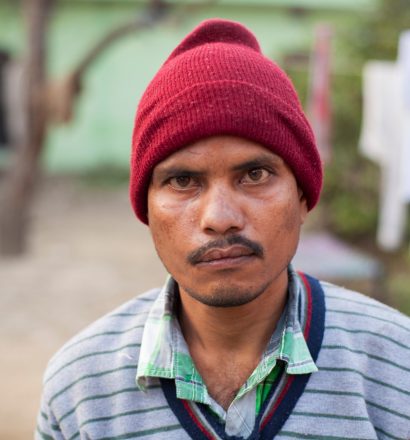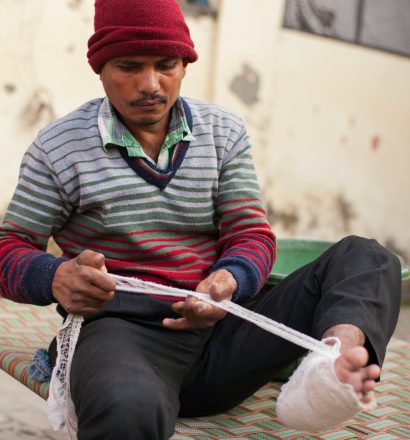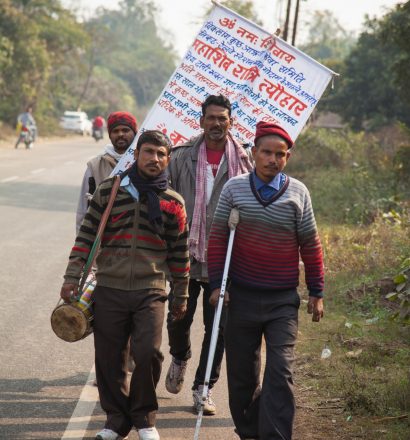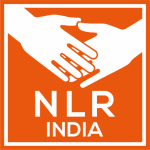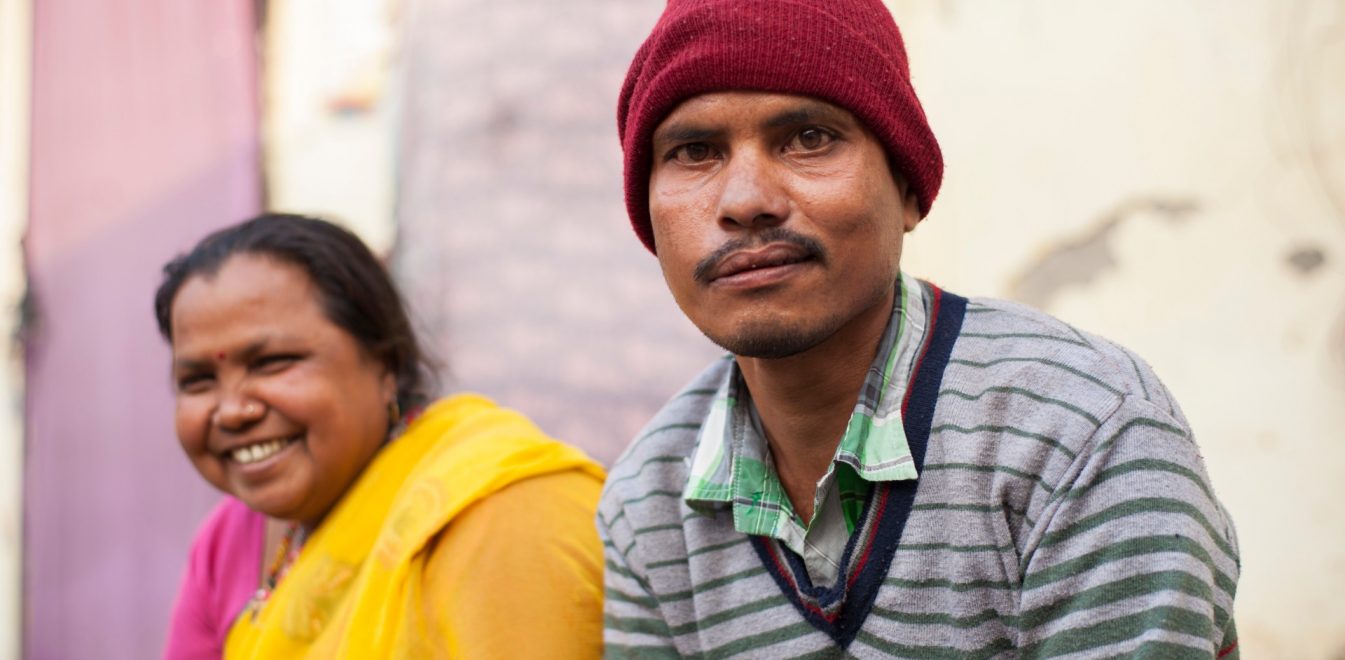
From Stigma to Hope
Ajay was banished from his village due to leprosy and now lives in a leprosy colony in Amroha, India, with his wife and son. To provide for his family, he is forced to beg on the streets, fervently hoping his son will never have to endure the same fate. Ajay’s story illustrates the far-reaching impact of stigma and discrimination on individuals with leprosy and their families.
“When I was fifteen, I noticed a strange spot on my skin. I thought it would disappear, but it worsened, and I lost feeling in my hands and feet. My family and villagers shunned me, afraid they’d catch leprosy. Only my mother cared for me, but when she died, I was utterly alone. Feeling helpless, I left my village and saw a doctor, who diagnosed me with leprosy. He treated my wounds and ulcers and directed me to a leprosy colony in Amroha.
With nowhere else to go, I moved there. My wife, son, and I live an isolated life with about thirty other families. I struggle to provide for them, begging for money daily because no one will employ me due to my deformities. My biggest worry is my thirteen-year-old son, Shiv Kumar. Although he doesn’t have leprosy, he faces discrimination. He might never marry because people reject the child of a leprosy-affected person.
I dream of a better life for him outside the colony. I want him to be educated and not suffer as I have. Fortunately, NLR has provided me with self-care training, and Shiv Kumar will receive vocational training. This gives us hope for a better future.”
Ajay’s story highlights the critical need for compassion and support for those affected by leprosy, not just to manage the disease but to combat the stigma that comes with it.
